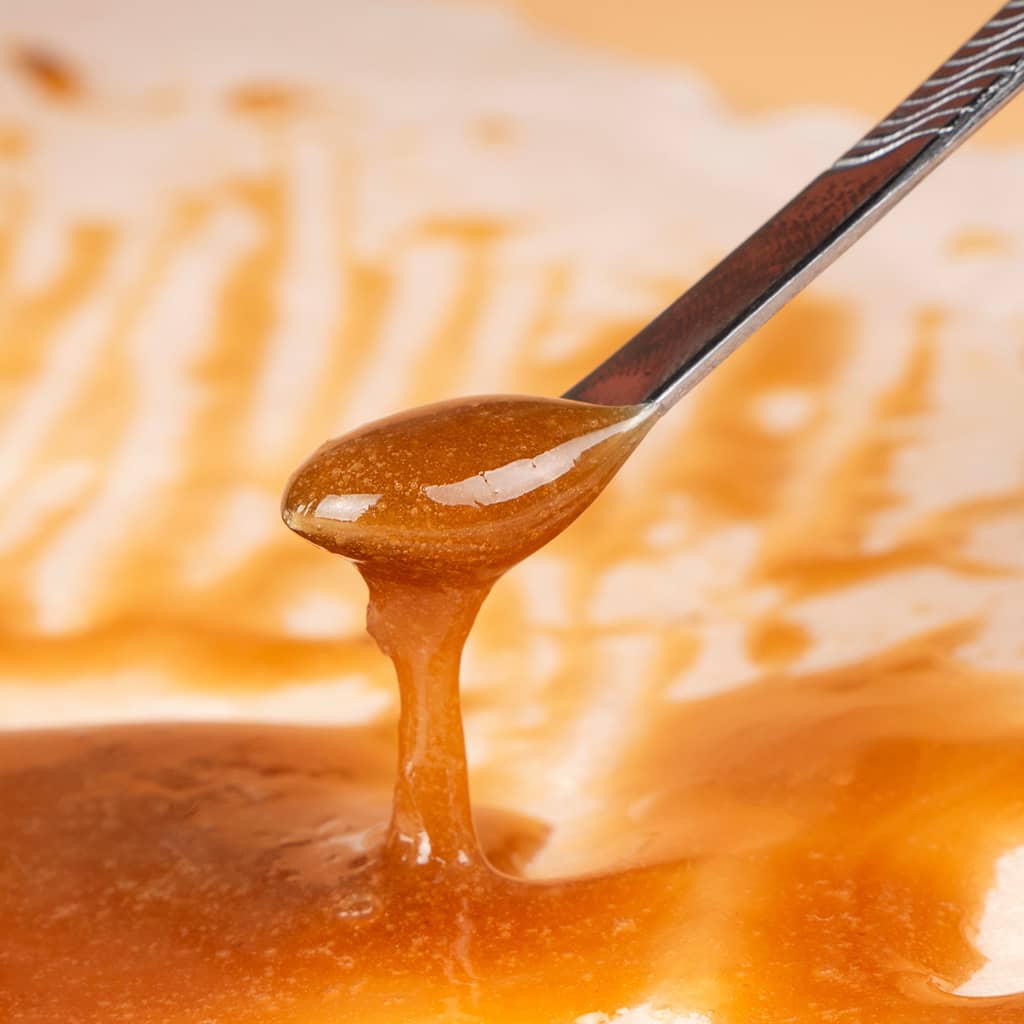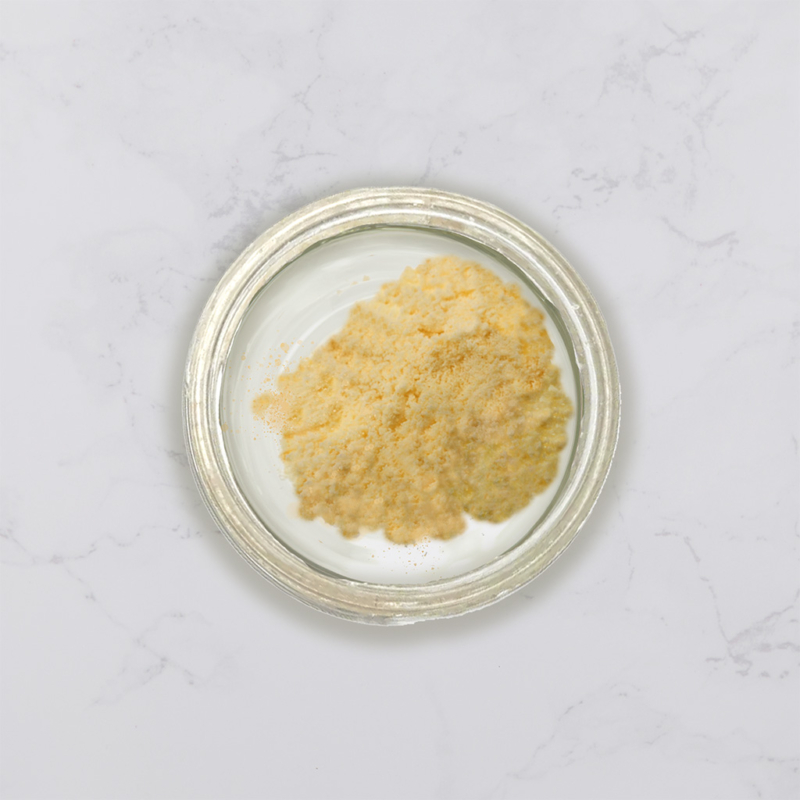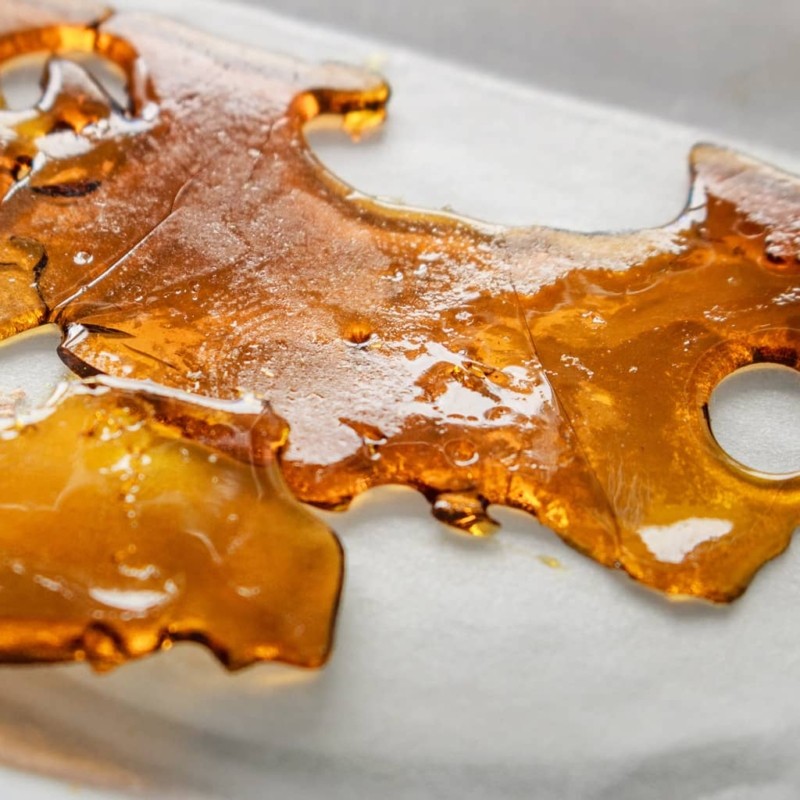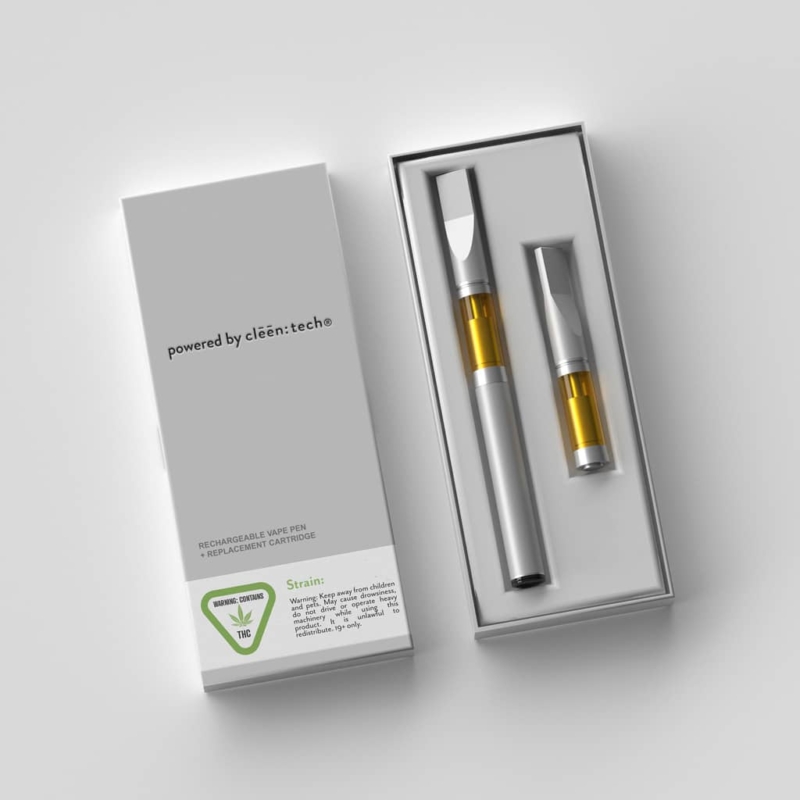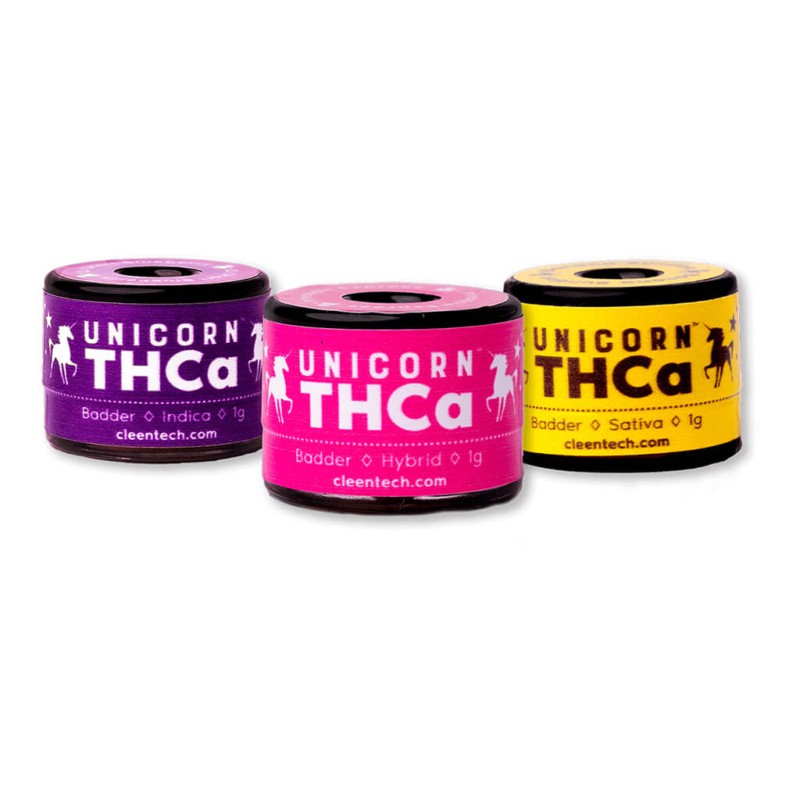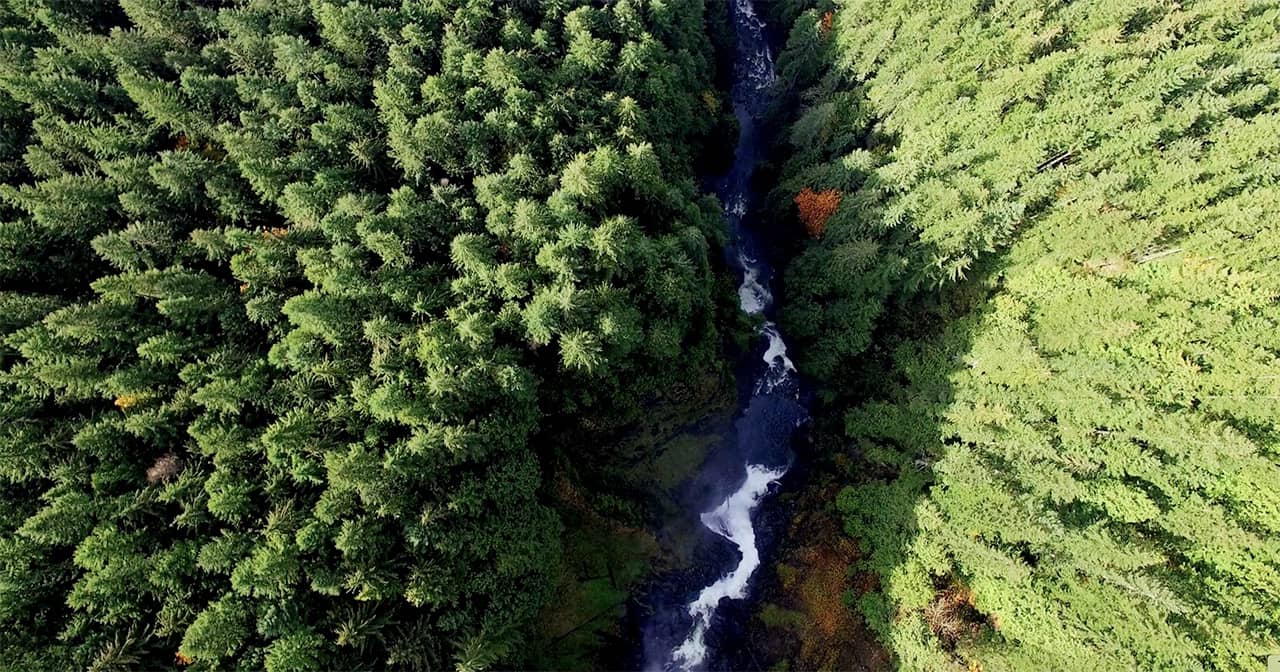
Elevate your products with purity and unmatched quality.
Choose clēēn:tech, your premiere source for exceptional Hemp Sourced THCaTM cannabinoid ingredients.
Our ingredients are 100% compliant with the 2018 Farm Bill and have a clear and proven chain of custody, reflecting cleen:tech’s commitment to transparency, compliance, consistency, and quality in hemp-derived ingredients.
Ingredient solutions for a wide range of needs.
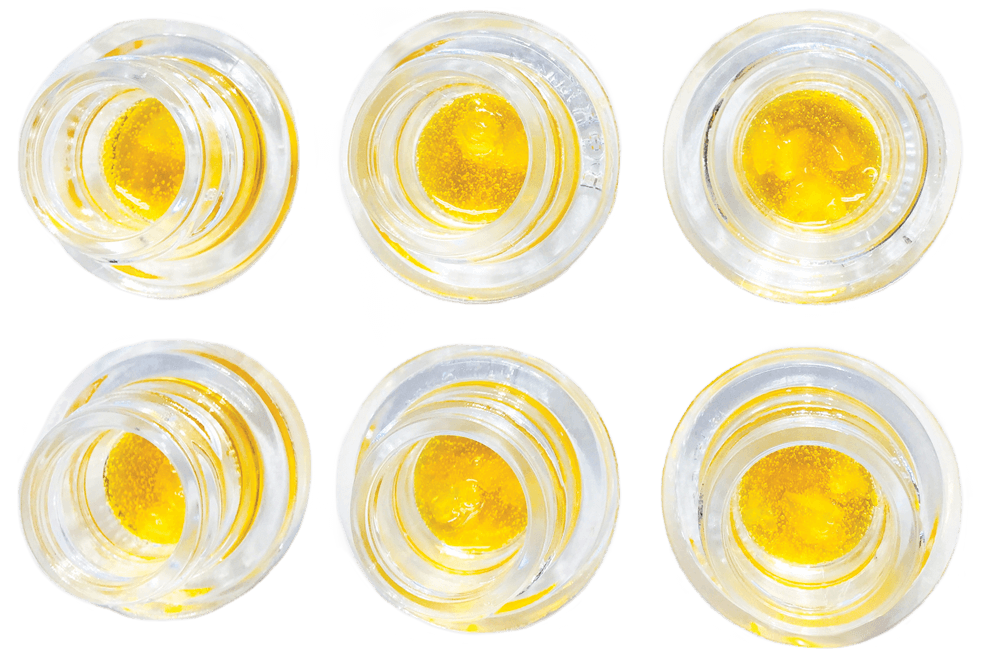
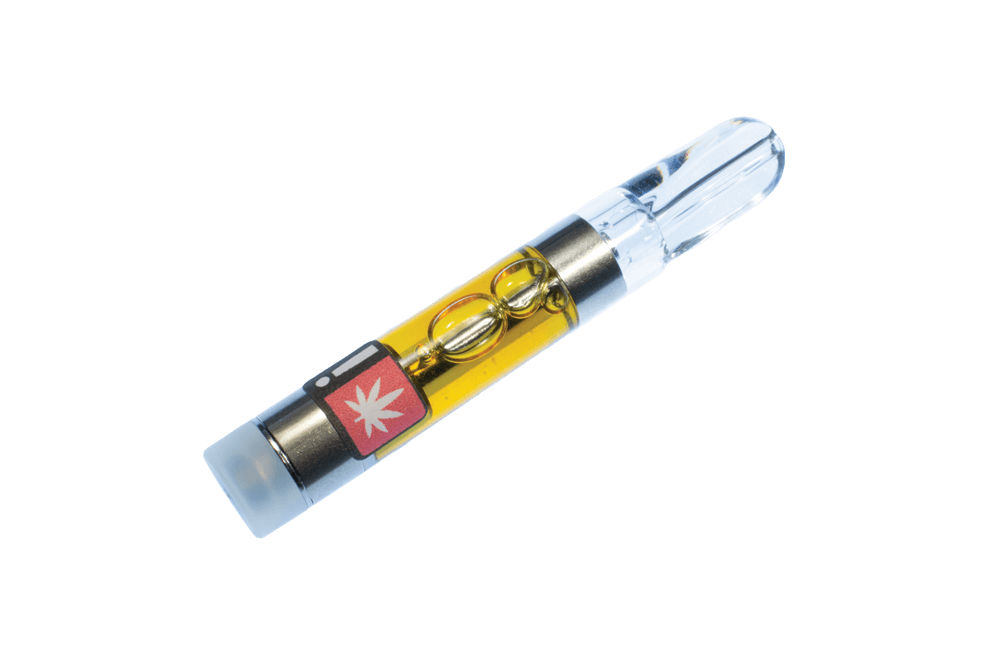
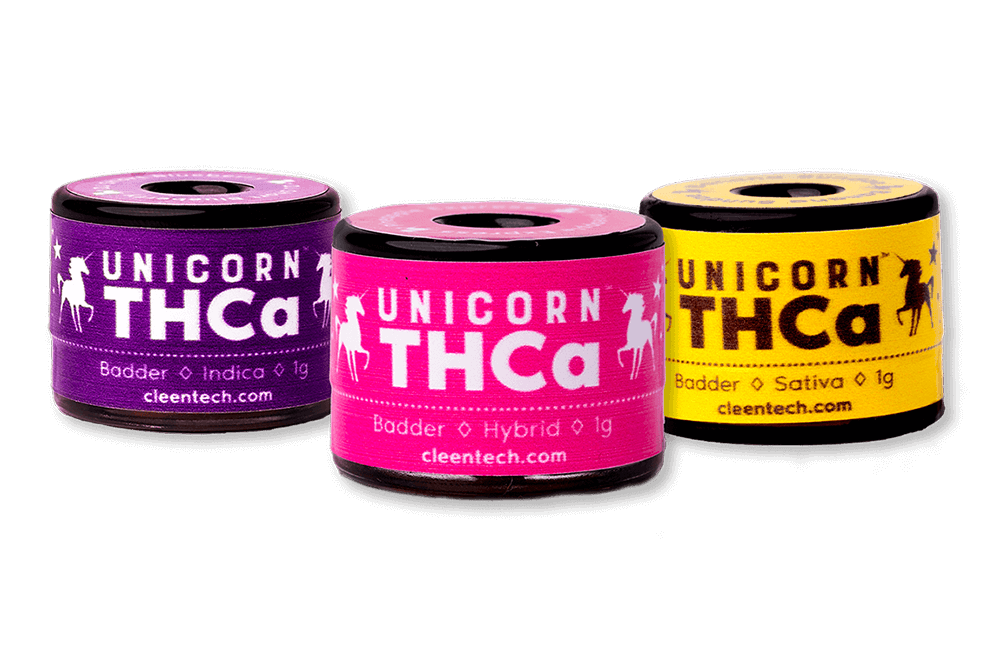
Nature Perfected — Mastering the Art of Cannabinoid Innovation
We’ve taken a leaf out of nature’s playbook to perfect the art of the cannabinoid innovation. Our proprietary technology and techniques embody innovation, enabling us to replicate nature’s intricate process with exact precision. Specializing in crafting intoxicating cannabinoids from hemp (<0.3% THC at harvest) we operate exclusively in regulated markets, ensuring responsible practices at every turn.
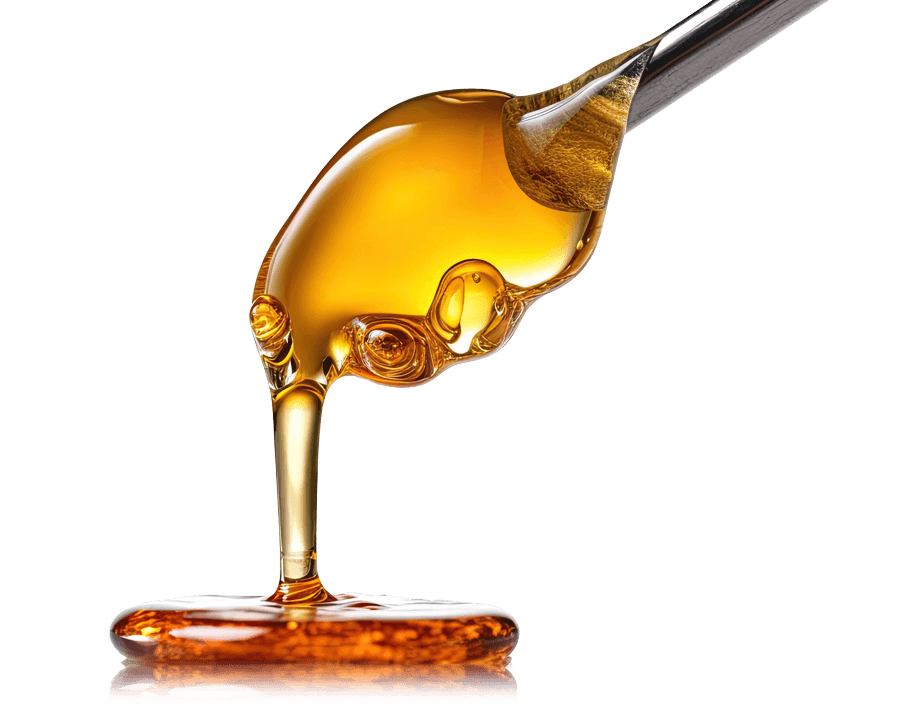
Unrivaled purity – unveiling clēēn:tech’s Hemp Sourced THCaTM.
Envision a world where unwavering quality reigns supreme. At clēēn:tech, we’re crafting precisely that vision with a patented process to produce Hemp Sourced THCaTM, which consistently provides high potency results in testing. Tailored for brands aspiring to fine-tune flavor profiles while upholding the highest standards, our hemp-derived offerings set the benchmark for unparalleled purity and customization. Whatever your needs, clēēn:tech has the solution.
Safety is our top priority with no compromises.
At clēēn:tech, your peace of mind is our foremost concern. We are committed to upholding the highest safety standards in the industry. Our CBD isolate is of the highest purity, undergoing strict laboratory testing for safety and purity, ensuring it is free of pesticides, heavy metals, and aftertastes. We offer the highest quality and consistency available in raw hemp-derived ingredients creating the best possible cannabinoid formulation for your products.
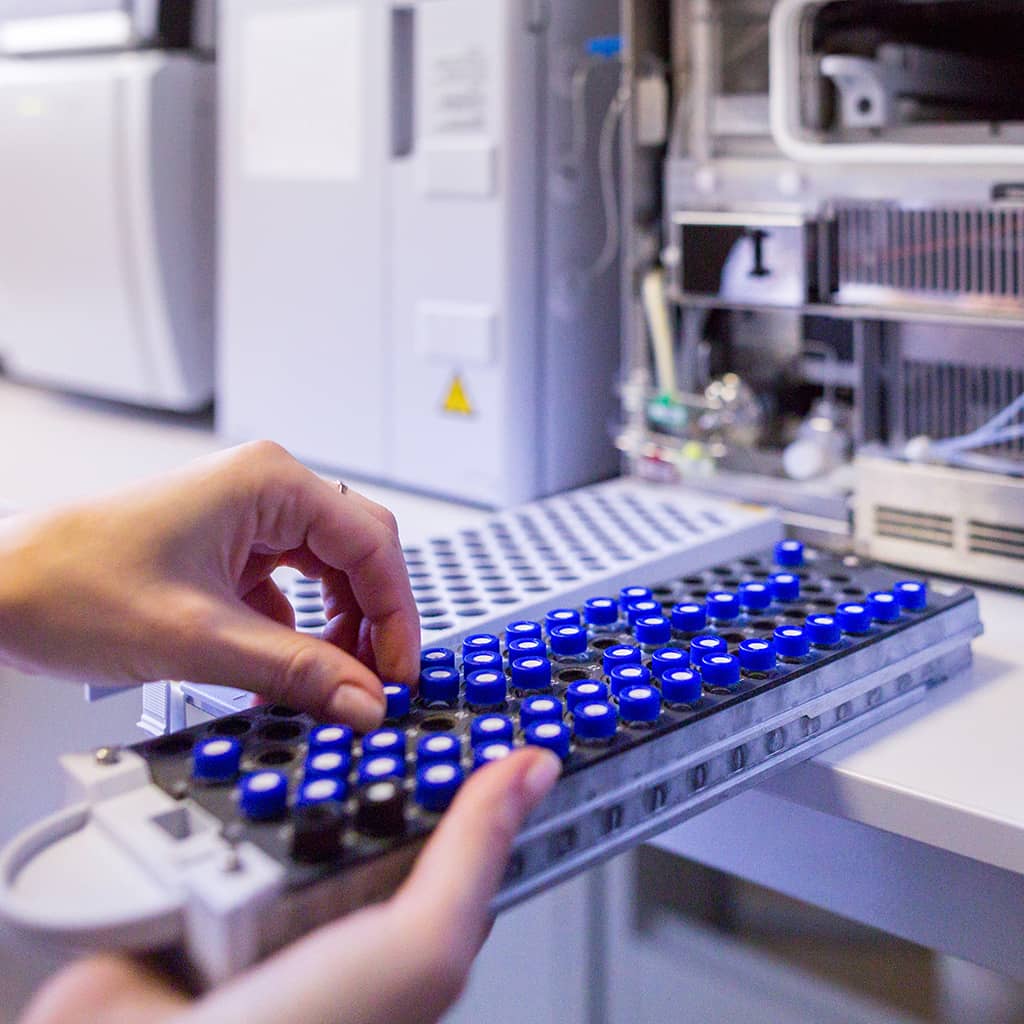
Charting a sustainable path forward with clēēn:tech.
At clēēn:tech, sustainability is embedded in the core of our innovations. We are committed to developing technologies that reduce energy usage and carbon emissions in THC production, showcasing our unwavering commitment to the well-being of our planet. We take pride in meeting the urgent need for environmentally responsible technology, as we strive to lessen our ecological footprint while upholding our strict safety protocols.


